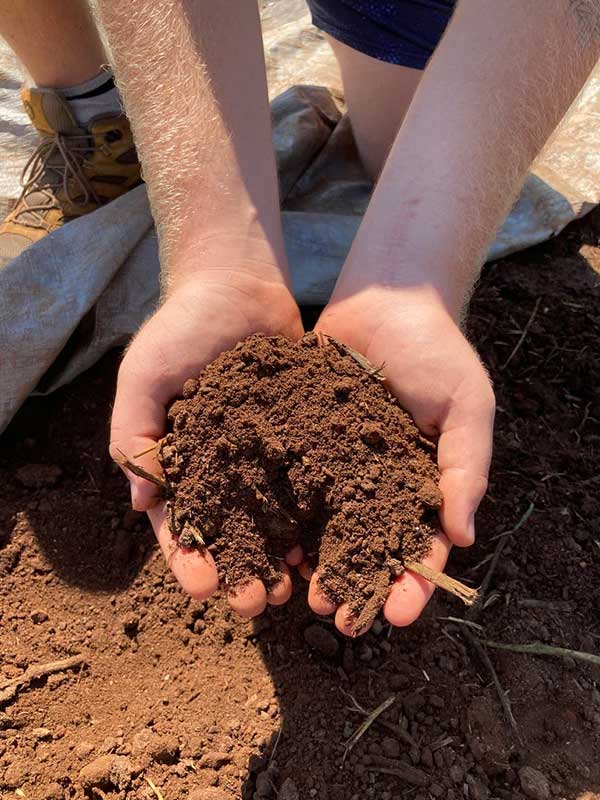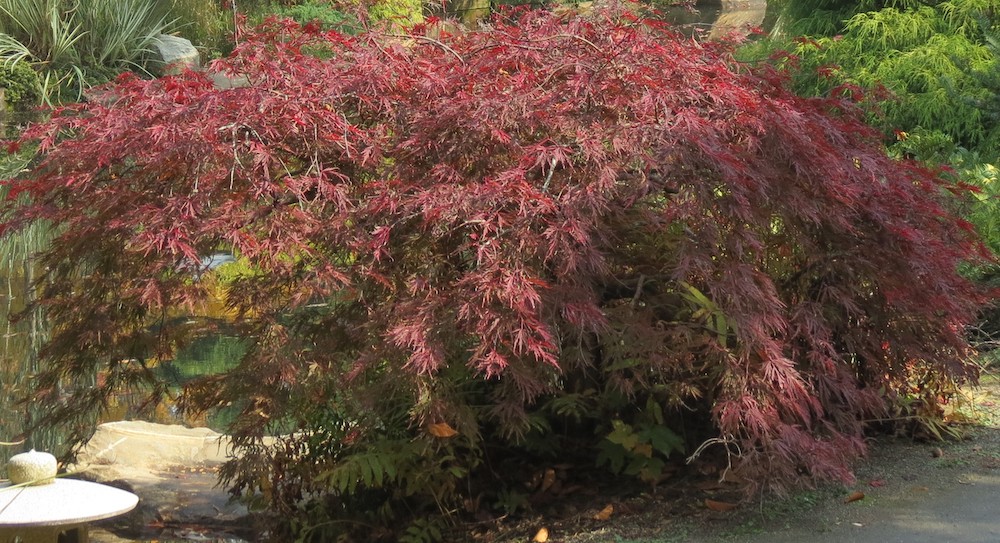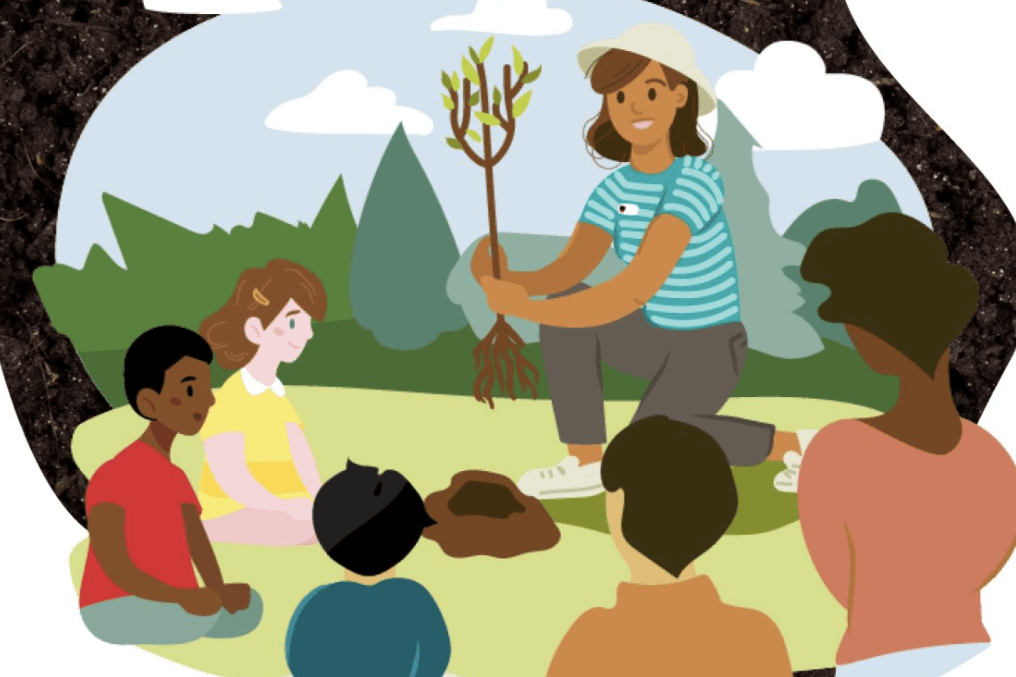If your wish list this season includes a chipper or shredder to remove limbs and leaves from your landscape, follow these tips from University of Georgia Cooperative Extension before making a hasty purchase.
A shredder is used primarily for leaves and very small twigs while a chipper chops wood or stalks into small pieces. Many units contain both chipper and shredder capabilities and are referred to as chipper/shredders.
Engine sizes vary from small electric powered units with a horsepower of 1 horsepower or less to larger, 4- to 10- horsepower, gasoline-powered units. Some are available with an electric starter, which can be a useful with larger engines. Units that are even larger and attach to a tractor’s power-take-off (PTO) drive are also available.
Some shredders have a chute for receiving leaves near the ground so leaves can be easily raked into the unit, or they may have the capability to be used as a vacuum to pull leaves into the unit. Others have wheels to allow operation over the lawn and landscape, much like a lawn mower.
Chippers usually operate with knives fixed to a rotary disk. They chop wood that is fed through a chute into small pieces. Some chippers have knives that can be turned over when one side becomes dull. The ease of removing, replacing and/or sharpening the knives is an important feature to consider.
Chipping green wood is usually easier and less damaging to the blades than chipping drier wood. The size of the branches that can be chopped is limited by the capacity of the machine. Some larger chippers can handle branches greater than 2 inches in diameter.
Most gardeners seem to prefer the combination chipper/shredder, but put your individual needs first when making a selection. Always buy the largest machine you can afford, since underpowered or under capacity machines wear out sooner, require more maintenance and result in lower performance.
Pay close attention to all safety warnings that accompany the machine and do not remove or dismantle any safety shields or guards. Ensure all chutes and hoppers are clean before use and no tools or other materials have fallen inside. Carefully check the materials you are shredding to ensure they contain no rocks, metal or similar materials that may damage the machine. (This is especially true of leaves in areas where a baseball, dog bone or similar damaging item can easily be raked up in the leaves.)
Most chipper/shredders come with a “tamper” designed to feed materials into the hopper. Keep your face and hands away from the hopper so that a “kickback” of material will not injure you. Always wear tight fitting clothing, gloves and ear and eye protection. If the machine clogs, shut it down and allow all blades to completely stop before attempting to clean it.






